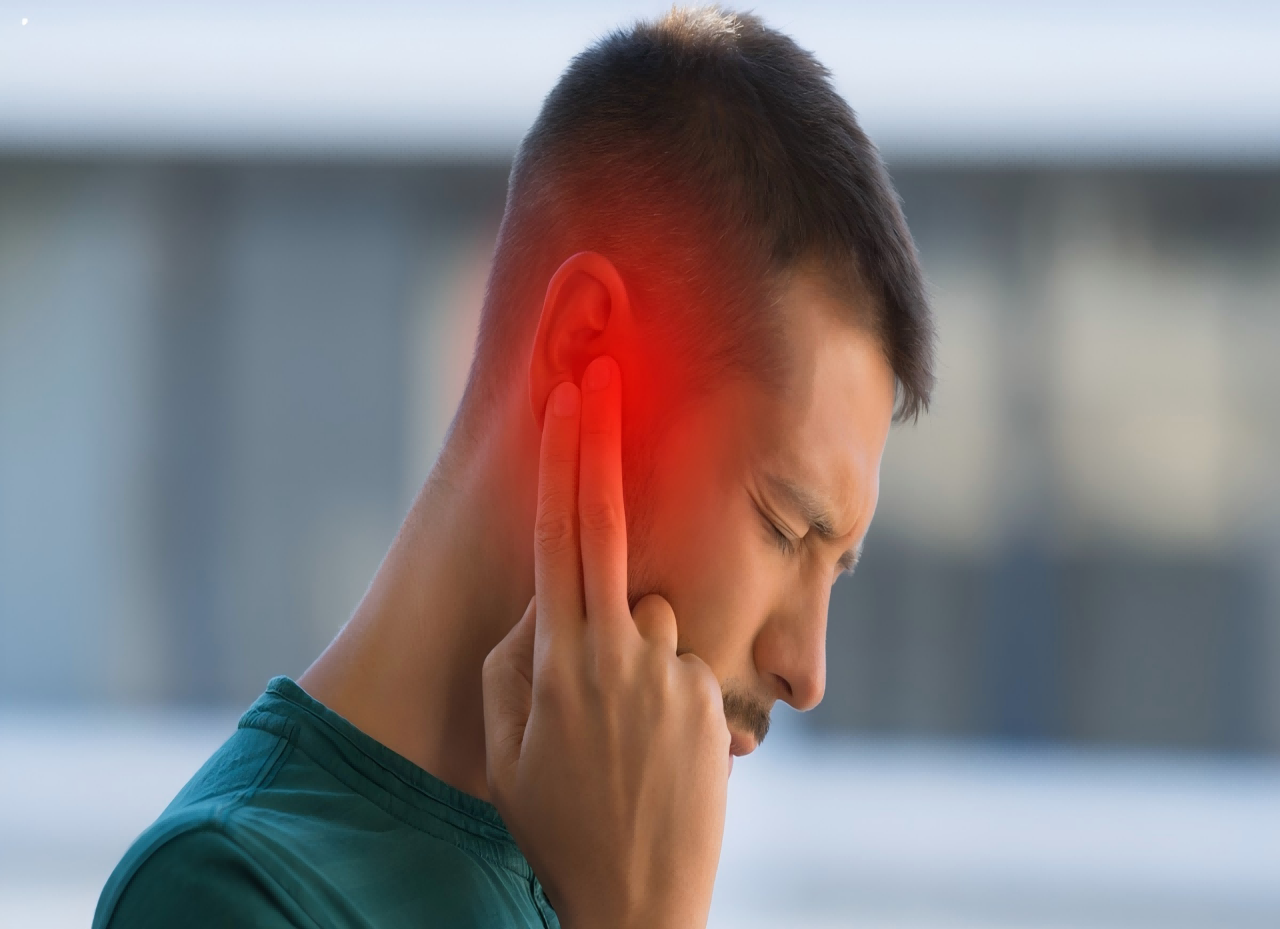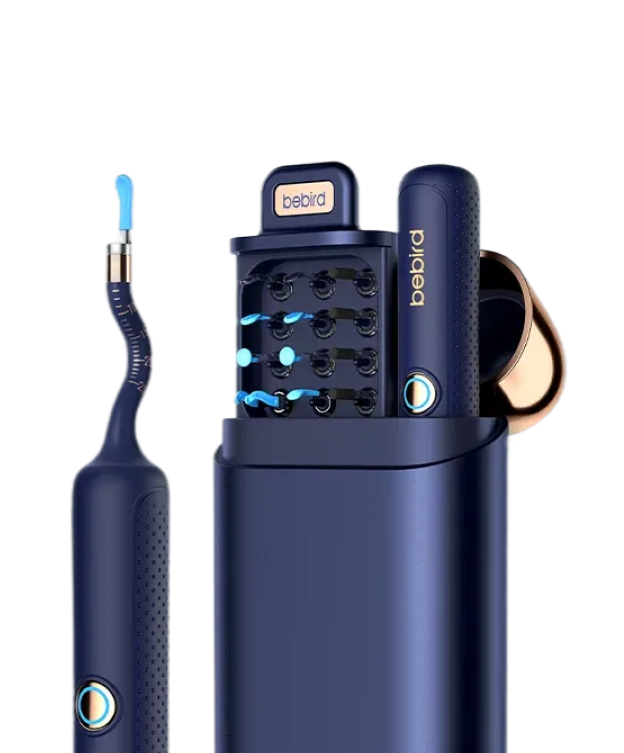Earwax, a bodily secretion that most of us would like to be without, is useful material — as long as there's not too much of it. It's a natural cleaner since it travels from deep within the ear canal outwards, picking up dead skin cells, hair, and dirt. Studies have indicated that it contains antibacterial and antifungal elements.
If your ears are low in earwax, they will be itchy and uncomfortable. If you've ever had the impulse to stick something in your ear, then this article was written just for you: weighing all the scientific information along with expert advice, we now offer you a closer look at what earwax does, the reasons for which you probably do not need to clean your ears half as often as you think, and most importantly, how to take care of any buildup safely when it becomes a problem.
1. What Is the Best Way to Safely Remove Earwax?

Ear wax is assumed to have a “dirty” reputation. Ear wax is, however, a natural substance made by glands in the ear canal to protect the ears from dust, bacteria, and other harmful particles that could destroy the eardrum. Moreover, its antibacterial and antifungal action makes it the first defense of your ear.
When Should You Remove Earwax?
It is mostly not even required to remove the earwax. Your ears clean themselves. With activities such as chewing, talking, or jaw movement, old wax simply migrates from the ear canal to the outer ear, where it dries and falls out, usually during a shower. Nonetheless, sometimes actual blockage may develop because of excess wax.
However, sometimes wax can build up and become impacted. This might happen due to:
- Narrow or curved ear canals
- Use of hearing aids or earbuds
- Excessive wax production
- Inserting objects like cotton swabs, which push wax deeper
Symptoms of impaction include:
- Muffling of sound
- Fullness or pressure in the ear
- Itching or discomfort
- Tinnitus
If you are experiencing any of these symptoms, you should consider using the Bebird EarSight Pro to safely remove earwax.
Safe Methods to Remove Earwax
1. Warm, Damp Cloth
There is likely some wax building up outside the ear, and usually a little warm water and cloth are all that's needed to wipe it off. This does a pretty good cleaning job without poking anything into the ear canal.
2. Over-the-Counter Ear Drops
Pharmacies offer drops designed to soften earwax. These may contain:
- Carbamide peroxide:helps dissolve earwax
- Glycerin or saline:moisturizes and softens
- Hydrogen peroxide:bubbles to loosen wax
The statement is usually a few drops into the ear, it is to be followed by 5 to 10 minutes for the solution to break down the wax. Some provide a small bulb syringe in their kits for a gentle rinse later.
3. Professional Removal
Indeed, consult a primary health services provider when home remedies no longer seem to work, or suffer from continuous perforated eardrums or ear infections, or use hearing aids. Audiologists and ENT specialists remove ear wax with the best safe suction devices, curettes, and specialized irrigation systems without doing any harm to the patient.
2. How to Wash Earwax at Home
Unless you have a medical contraindication, you can safely use the Bebird EarSight Pro to clean your ears at home if there is only a slight buildup of earwax. But be sure to do it correctly. Remember to follow the correct steps and use moderate force, not excessive.
Method 1: Warm Water Irrigation
This is the same thing that many doctors use in clinics, but it is a digitized and more gentler preventive approach in the home setting.
What You Should Have:
- A rubber-bulb syringe or an ear irrigation kit
- Lukewarm water
- A towel and bowl for drainage
Steps:
- Fill the bulb syringe with warm water.
- Tilt your head over the sink or a towel.
- Gently squirt water into your ear canal (aim toward the ear wall, not straight in
- Allow water and wax to drain.
- Repeat if required and dry the outer ear with a towel.
Safety Tip: As a caution, do not attempt this method in case of a burst eardrum, past ear operations, or an ear infection that is currently active.
Method 2: Natural Oil Softening
Natural oils may help soften the plugged-up wax and facilitate its expulsion on its own, or else during a later rinse.
Oils to Use:
- Baby oil
- Mineral oil
- Olive oil
Steps:
- Warm the oil slightly (test on your wrist—it should be skin-safe warm, not hot).
- Lie on the side with the ear facing upward. A dropper is to put drops of oil in the ear. One has to stay put for about 5–10 minutes.
- Sit up and wipe any residue from the outer ear.
- Repeat for 3–5 nights if needed.
3. What Not to Do
When it comes to ear cleaning, there are more wrong ways than right ones. Some methods can cause lasting damage, even hearing loss. Here are the most common mistakes people make when trying to remove earwax:
1. Cotton Swabs
They’re labeled for external use only—and with good reason. Cotton swabs tend to push wax further in, where it becomes impacted against the eardrum. They also pose a risk of:
- Scratching the ear canal
- Causing bleeding or infection
- Perforating the eardrum
2. Ear Candling
Ear candling involves inserting a hollow, cone-shaped candle into the ear canal and lighting the end to “suck” out the wax. Not only is there zero scientific evidence that it works, but studies show:
- No negative pressure is created.
- The residue is from the candle itself, not earwax.
- Risks include burns, blocked ear canals, and punctured eardrums.
3. Metal or Sharp Tools
DIY ear-cleaning tools like picks, tweezers, or improvised items like hairpins are accidents waiting to happen. Inserting these into the ear canal can:
- Scratch or rupture the skin
- Damage the eardrum
- Introduce bacteria
Professionals have tools and training. Don’t take matters into your own hands.
4. Overuse of Hydrogen Peroxide
Hydrogen peroxide is effective in small, diluted amounts. However, repeated or high-concentration use can dry out the ear canal and irritate the skin. This may lead to:
- Inflammation
- Increased wax production
- Infection risk
Stick to 3% solutions and follow instructions closely.
Conclusion
Earwax is a natural substance that protects your ears, keeping them clean and moist and preventing harmful debris from entering your ears. Most people don't need to clean their ears - the body usually cleans itself. If you have buildup in your ears, you can use a Bebird EarSight Pro ear scooper to please clean it out gently and slowly. Some good methods include softener drops, using warm water or wiping the outer ear with a damp cloth. Avoid using ear candles, cotton swabs and sharp objects that can push earwax deeper or bruise the skin.
It's also important to keep an eye on the health of your ears; for example, if you notice persistent ear pain, hearing loss, or pus, you should see your doctor. Your ears are very delicate and can protect themselves very well. With a little care, you can keep your ears healthy without affecting their normal functioning. So when you reach for the swabs again, remember: your ears are doing just fine on their own!
Learn more:
How Your Ears Clean Themselves (And When You Might Need Help)
















Leave a comment
All comments are moderated before being published.
This site is protected by hCaptcha and the hCaptcha Privacy Policy and Terms of Service apply.